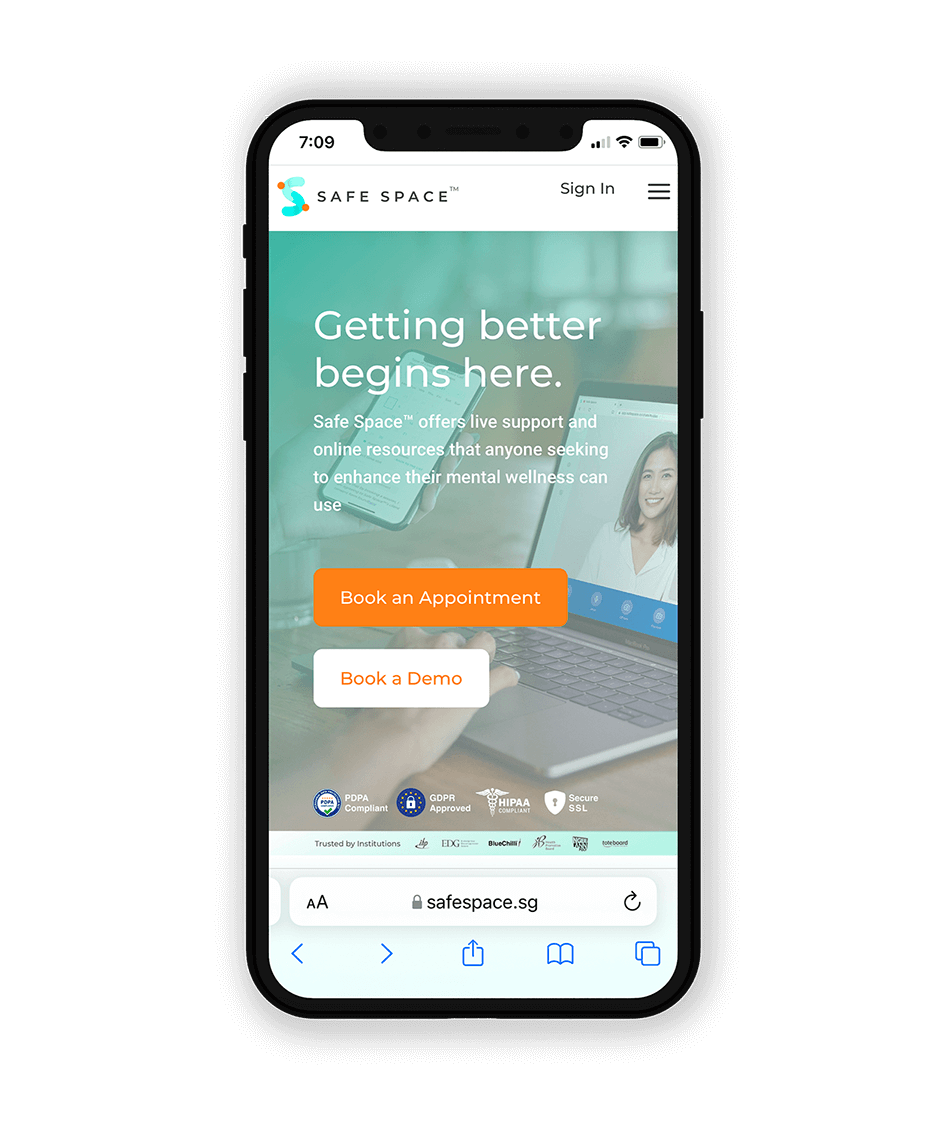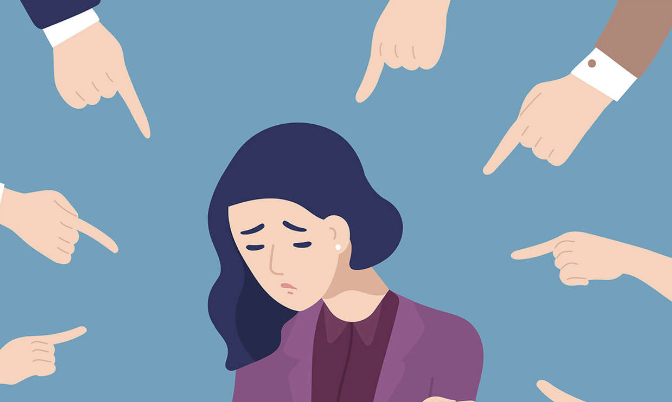Do you nap? If the answer is no, then you should start now! Napping has been shown to increase productivity and reduce stress. In this Safe Space resource, we will discuss how naps can help improve your self-care routine.
What is a Nap?
So, let’s start with the basics: what is a nap? A nap is a short period of sleep that refreshes an organism, especially during long work hours. It’s also referenced as “catnap” or “siesta.”
Taking a nap is one of the best ways to recharge, and it can help improve productivity. Napping for 30 minutes or an hour will leave you feeling refreshed and ready to take on your next task!
How Do I Nap?
If you’re like us at Safe Space, sometimes naps aren’t always feasible. Whether you’re at work or home, napping isn’t always easy. Luckily there are nap hacks for sleepers of all kinds!
Sleep Mask:
If your nap is during the day and light disturbs you, use a sleep mask to block out outside lights.
White Noise:
Block out noise with a fan, air purifier, or white noise machine
Use your bed:
If you nap at home and have a comfortable place to sleep nearby, use it! This makes naps easier for busy sleepers.
Where can I rest?
It’s essential to find the right nap spot because not every location will work for everyone. There are also different napping styles, so finding one that works best for you will lead to better power nap results.
What type of sleeper are you?
There are three main kinds of sleepers; light, deep and REM (Rapid Eye Movement) snoozers. When selecting a nap location, make sure there aren’t any distractions or disturbances from these usual sleeping styles.
Light Sleepers:
If you are a light sleeper, nap in an area with less noise or invest in some earplugs. Nap pillows can also help make the nap more comfortable and relaxing for lighter sleepers. It’s hard to drift off when people are talking loudly around you. Also, place of work napping may be difficult if coworkers are constantly coming into your workspace during lunchtime or asking questions mid nap. Be sure that they understand the importance of self-care/self-love with power naps so that they can let you rest.
Deep Sleeper:
Do not attempt to nap at home if you are a deep sleeper because it is very likely that someone will wake up feeling groggy even if it was nap time. Napping at work may be the best option, but if that’s not an option, then you might want to invest in a white noise machine or fan to block out noises and lights while sleeping.
REM Sleeper:
This is probably one of our favourite sleep styles. A nap pillow can help mimic some elements of being curled up with your partner for naps (a little spooning never hurt anyone). Make sure there isn’t too much light, though, because heavy eyelids can lead to grogginess when waking up from deep sleep patterns like this.

How Can I Nap Anywhere?
Pack Your Own Snacks:
Make sure to pack a nap snack in case you get hungry. Your nap might take longer than usual if you need food!
Make Sure You Have A Blanket:
This tip is self-explanatory, but it’s crucial for comfort and your safety while napping. Having an extra blanket on hand can also help block out light from the sun or any other outdoor lights that may disturb your nap time. Also, be careful of strong smells like perfume, cologne, etc. They could be too overwhelming and wake up sleepy heads, so make sure they aren’t exposed during nap time either!
Find A Comfortable Chair:
Sitting upright will keep blood flowing which prevents sleepiness, so find a chair with good back support and add a nap pillow for extra comfort!
Use Your Phone As A Clock:
We all have one of those “smart” phones nowadays, so use it to your advantage. For example, turn on a nap timer or download an app that will alert you when it is naptime. This way, there isn’t any confusion about when the nap should end, and you can wake up refreshed from your power nap in time to make it back to work before someone notices…we hope.
Napping Tips For Different Types of Sleepers
Deep Sleeper:
Do not nap if you are a deep sleeper because it may take too long for you to wake up, and your nap time might be longer than expected.
High Energy Levels:
If this is the case, going for a power nap can help boost energy levels when feeling tired in between activities or before heading out on an eventful night! Just remember not to nap too late in the afternoon as that may affect sleep at bedtime.
Sleep Schedule/Patterns:
You have probably found yourself napping when everyone seems to be sleeping but never really understood why? This could be due to a shift in personal schedules, so try finding quiet during regular nap times (for example, after lunch) and see how much it makes. Remember, though, nap times should be short.
Morning Person:
If you are a morning person, nap during the evening instead because this may help you transition into nighttime easier! Remember that naps shouldn’t last longer than 30 minutes, or sleep inertia will occur, making it difficult to wake up after your nap is over. The effects of sleep inertia depend on how long and how well one slept before taking their nap.

Power Naps Are Great But…
There are some things we must keep in mind while practising self-care with power naps.
- Not everyone benefits from taking a nap, so don’t feel guilty if you need more sleep than others (practise more self-love).
- Be careful how much coffee you consume (it can make naps more difficult)
- Nap times should be short and last no longer than 30 minutes.
- Do not nap if there is a deadline or something that needs to be done as soon as the nap ends because it will take some time for your brain to reboot.
Do You Need A Nap?
Taking care of yourself with sleep, food, drink, and activities are so important! It’s okay, though, if you don’t have enough hours in the day to fit everything into one 24 hour period. Suppose this sounds like you, then yes. In that case, power napping could benefit your life greatly but only use it when necessary otherwise, this may cause a lack of productivity.
So remember to nap if you need it but don’t nap when you don’t! Your body might just be telling you that sleep is required elsewhere. Or maybe other self-care activities could be put into place instead of napping because everyone needs a little pampering in their life at one point or another.
Conclusion
Napping is the purest form of self-care, and we hope that everyone gets a chance to nap at least once in their lifetime. If you need it, nap. Don’t feel guilty about not having enough hours in the day for naps, but remember to nap when necessary because overdoing it may lead to grogginess later on during the day. So be careful with your time management.
There is a difference between catching up on sleep and power napping. Sleeping more than usual for an extended period of time can lead to grogginess that lasts throughout the day due to what we call “sleep inertia”, which is essentially when your body wakes up while you are sleeping and does not know what to do. So remember, naps should take place during the day for a short period so that sleep inertia will be negated or minimized if it occurs.
So go ahead and find someplace cosy and comfortable. Let us know how this tip has improved your productivity level. We would love to hear from you!



